Leverage your organization’s strategic plan: Make sure that your organization has a strategic plan, and that your fundraising strategy is aligned with that plan and your priorities.
Ensure your fundraising strategy includes a “case for your support:” Your organization should have a clearly documented rationale for why philanthropists should invest. This should be a document that you can use again and again– as a basis for grant writing, as well as to establish a narrative to practice and use with individuals when you are asking for money.
Know your “gap to goal:” Your organization should have a clean way of tracking all the data for your revenue. This includes a process for knowing where your fundraising “pipeline” is, almost on a real-time basis. At any point in time, your organization’s leader and lead fundraisers should be able to clearly state how much additional unidentified money is needed to ensure you can meet your goal for the year. And. you should have a pipeline of leads that will ensure you can cover that gap!
A true partnership between program and fundraising: Every organization needs a clear process on how to align the priorities of the program and fundraising. Ensure you are asking questions such as:
- Does your program lead know what philanthropists want to invest in?
- Does your fundraising lead know what is needed most for your program; either for ongoing operations or for innovations?



